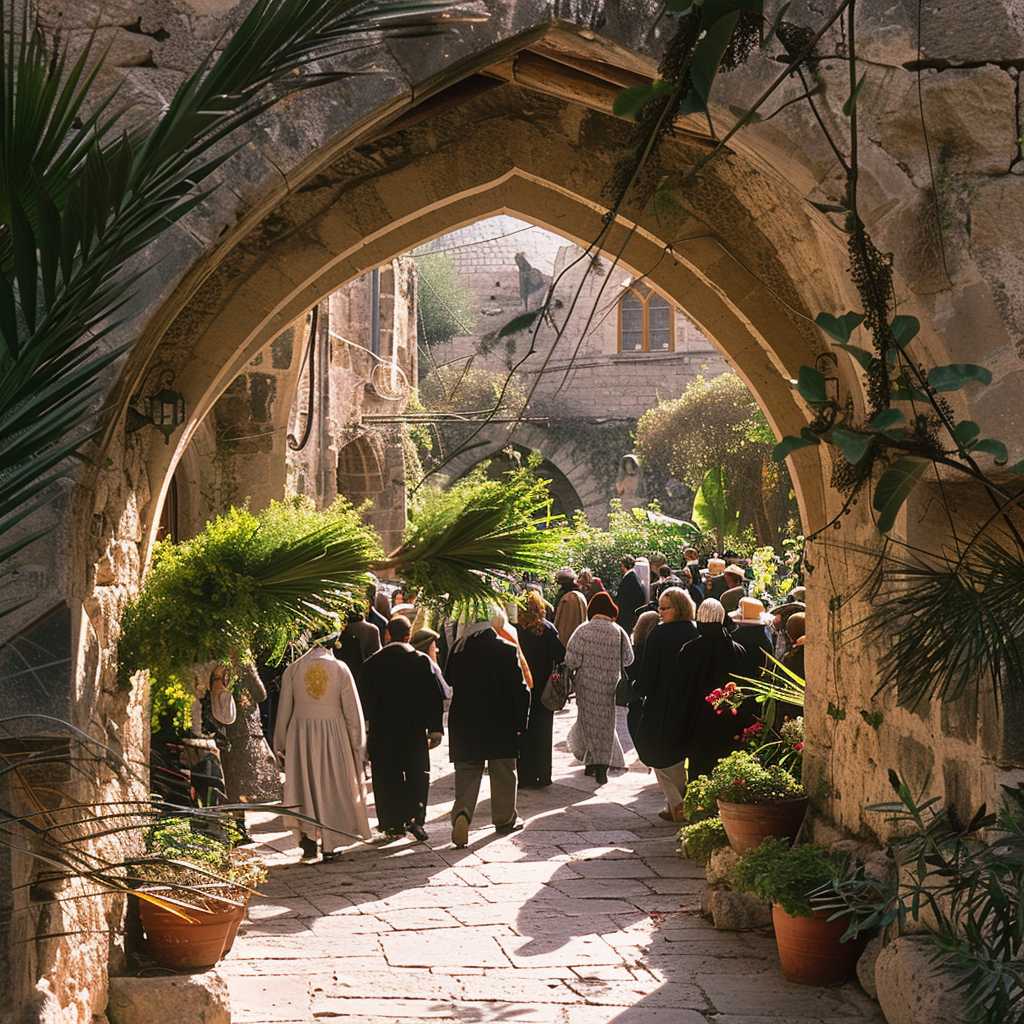Understanding Palm Sunday: Meanings and Traditions Associated with the Christian Feast Day
Palm Sunday is an event of great significance in the Christian liturgical calendar. It marks the beginning of Holy Week and commemorates Jesus Christ’s triumphant entry into Jerusalem. This day is observed by millions of Christians around the world with rituals involving palm branches, processions, and reflection on the historical and spiritual dimensions of this occasion. This article provides a comprehensive examination of Palm Sunday, exploring its biblical origins, the customs associated with it, and its place within the wider context of Easter celebrations.
Biblical Foundations of Palm Sunday
At the core of Palm Sunday are the events described in the New Testament of the Bible. According to the Gospels – accounts written by Matthew, Mark, Luke, and John – Jesus entered Jerusalem riding a donkey just days before his arrest, trial, and crucifixion. Crowds laid palm branches and cloaks across his path as signs of honor and reverence, welcoming him as a messiah who they believed would lead them to freedom from Roman rule. The imagery of palms suggests triumph and victory, thus the day came to be known as “Palm Sunday.” The act itself fulfilled a prophecy from the Hebrew Scriptures in Zechariah 9:9 that spoke of a king who arrives in humility, riding on a young donkey.
Customs and Observances
Palm Sunday customs vary among different Christian denominations but central to most observances are the blessing and distribution of palms. At the start of services, palm branches are often consecrated by clergy and then distributed to worshippers who carry them during processions within or outside their places of worship. Such processions intend to recreate the jubilant atmosphere of Christ’s historic arrival into Jerusalem.
In some traditions, these fronds are then crafted into crosses or other forms and sometimes kept in homes or returned to churches to be burned to ashes for use in the following year’s Ash Wednesday services.
Aside from the physical customs, services may include readings of the Passion narratives – parts of scripture that detail Christ’s suffering and death. Sermons usually focus on themes of humility, readiness for reflection during Holy Week, and understanding Jesus’s nature as king humble enough to ride a donkey instead of a warhorse.
Cultural Adaptations and Global Practices
Throughout history and across cultures, diverse practices have emerged around Palm Sunday. For instance, in Eastern Orthodox Christianity, Palm Sunday is often referred to as “Flower Sunday,” with willow branches or flowers sometimes supplementing or replacing palm fronds which could be difficult to acquire in colder climates.
In many parts of Latin America and in southern European countries such as Italy and Spain, impressive religious processions take place with congregation members carrying large olive branches which have been blessed.
In some regions where palms are not available due size or climate, branches from readily available local species are used. And societies which cannot find any kind of suitable local plant material at all might instead craft imitation palm branches from paper or other materials.
The Liturgical Context and Relationship to Easter
Palm Sunday serves as the start point for Holy Week – a time that leads Christians through Jesus’s passion, death on Good Friday, silence on Holy Saturday, culminating in Easter Sunday celebrating His resurrection. Therefore it is seen as both chronological and thematic preparation for understanding the full narrative of what Christians believe is Jesus’s sacrifice for humanity’s salvation – with the initial message focusing on his kingly authority.
